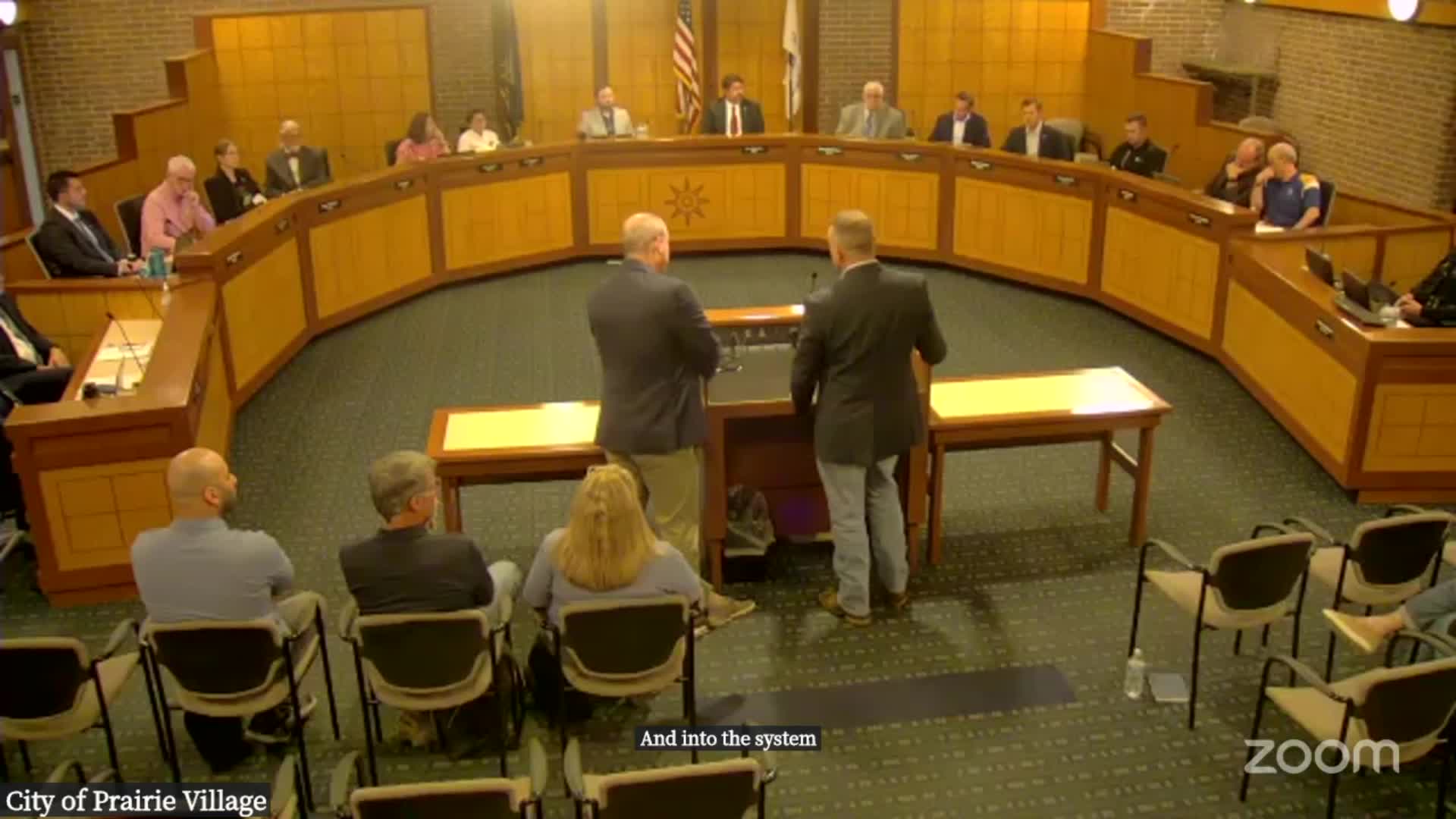Power outages spark urgent discussions on reliability and management
July 01, 2024 | Prairie Village, Johnson County, Kansas

This article was created by AI summarizing key points discussed. AI makes mistakes, so for full details and context, please refer to the video of the full meeting. Please report any errors so we can fix them. Report an error »

During a recent government meeting, officials focused on the critical themes of reliability and resiliency in power generation and distribution. A significant portion of the discussion centered on the challenges faced by the region's transmission and distribution (T&D) systems, which were identified as the primary cause of power outages rather than generation shortages. The area is interconnected with the Southwest Power Pool, allowing for resource sharing among 14 states, which has mitigated some generation-related issues.
Officials acknowledged that outages are often linked to local infrastructure problems, including equipment failures and vegetation management. The conversation highlighted the need for improved management strategies, particularly in light of budget constraints that limit the number of subcontracting crews available for maintenance work. The current vegetation management approach has shifted from a standard cycle to a more targeted strategy, aiming to address specific outage-prone areas.
The meeting also addressed community concerns regarding frequent outages in certain neighborhoods. Officials assured residents that they are actively monitoring these issues through an outage management system, which tracks the frequency and causes of outages. They emphasized the importance of communication with residents, noting that they provide information on emergency preparedness through their website and other outreach efforts.
As the meeting progressed, officials moved into an executive session to discuss security measures related to energy services, indicating the sensitive nature of some operational aspects. The session was followed by a public participation segment, allowing residents to voice their concerns and questions.
Overall, the meeting underscored the ongoing efforts to enhance the reliability of power services while navigating the complexities of infrastructure management and community engagement.
Officials acknowledged that outages are often linked to local infrastructure problems, including equipment failures and vegetation management. The conversation highlighted the need for improved management strategies, particularly in light of budget constraints that limit the number of subcontracting crews available for maintenance work. The current vegetation management approach has shifted from a standard cycle to a more targeted strategy, aiming to address specific outage-prone areas.
The meeting also addressed community concerns regarding frequent outages in certain neighborhoods. Officials assured residents that they are actively monitoring these issues through an outage management system, which tracks the frequency and causes of outages. They emphasized the importance of communication with residents, noting that they provide information on emergency preparedness through their website and other outreach efforts.
As the meeting progressed, officials moved into an executive session to discuss security measures related to energy services, indicating the sensitive nature of some operational aspects. The session was followed by a public participation segment, allowing residents to voice their concerns and questions.
Overall, the meeting underscored the ongoing efforts to enhance the reliability of power services while navigating the complexities of infrastructure management and community engagement.
View full meeting
This article is based on a recent meeting—watch the full video and explore the complete transcript for deeper insights into the discussion.
View full meeting
